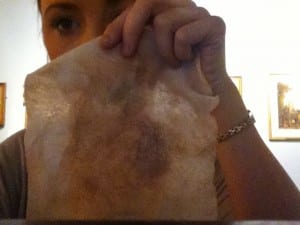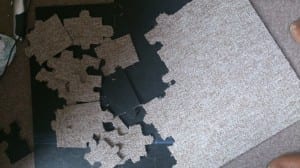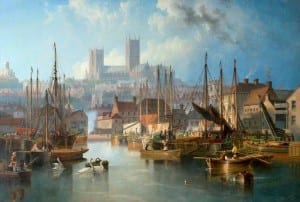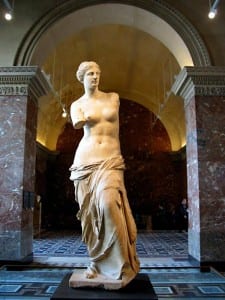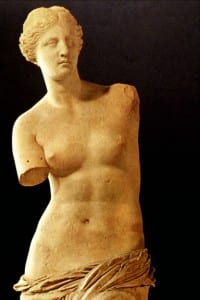Durational performances can be an effective means through which to communicate conflicting or challenging ideas to an audience, over a prolonged period. This may be through subtle changes during the piece or obvious and deliberate interventions.
Emma Govan, Helen Nicholson and Katie Normington state how:
‘such performances often highlight a difference between the physical capability and limitations of the body.‘
(Govan, Nicholson, Normington, 2007, p.160)
This ‘physical capability’ will ultimately effect the outcome of any performance, as actors need to maintain a certain degree of fitness to enable them to have the stamina and focus to carry out a durational piece of theatre.
As performers ourselves, we will have to be aware of the exhaustion that may occur during our 6 hour performance.
‘As the actor tires, the audience sees the real characteristics of the actor themselves- their exhausted, unobliging body attempting to undergo a task.’
(Govan, Nicholson, Normington, 2007, p.161)
This exhaustion will be most prominent in our intense mimes which will each last continually for 15 minutes, as we ‘undergo a task’ of representing our daily morning routine.
So why challenge ourselves with a 6 hour piece?
Quite simply, our piece is about time and the constraints that time plays upon us, not just as performers but in our daily lives. It therefore makes sense for our work to develop over a period of 6 hours- a quarter of a day. As discussed in the points above, time will effect us through our own tiredness and exhaustion.
Many practitioners and companies use durational pieces to impose their ideas on the audience. One example, is Forced Entertainment whose 1993 work ’12am: Awake & Looking Down’, lasted over a prolonged period in which 5 silent performers encompassed different identities throughout the duration. The audience were free to come and go as they pleased, witnessing different interactions and relationships between each of the performers. This is similar to what we hope our piece will achieve; as we will have no fixed audience, and our interactions will differ throughout the 6 hours.
Another artist Marcia Farquahar, presented a durational performance in 2010 called ‘The Omnibus’. Here her performance lasted for 30 hours, with each hour representing one year through which she presented everything that had happened since the late 1970s.
The Guardian writer Lyn Gardiner writes in her theatre blog, that ‘through time, the life becomes the work, or that the two are inseparably intertwined.’ This can be applied to our site specific work, and the discussion of at which point does something become a performance. Afterall, isn’t all life a performance? Throughout our own piece and the 6 hours, audience and performer will also become ‘intertwined’ to a certain extent, as they impose on our space and become part of our piece.
Works Cited
Govan, Emma, Nocholson Helen, Normington, Katie, Making a Perfromance: Devising Histories and Contemporary Practises. Routledge, 2007
Gardiner, Lyn, When theatre is the time of your life, guardian.co.uk/stage/theatreblog

